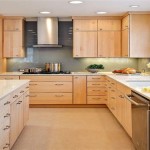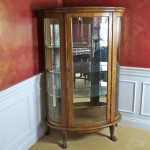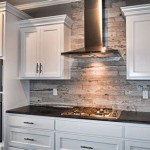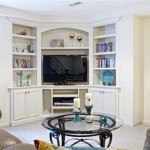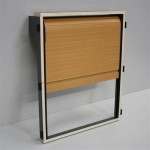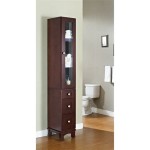Cabinet Hardware Rules: A Comprehensive Guide
Cabinets are an integral part of any kitchen or bathroom design, but they aren't complete without the finishing touch of cabinet hardware. Handles, knobs, and pulls can elevate the look of your cabinetry and make them more functional. However, choosing the right hardware can be overwhelming, especially with the endless options available.
To help you navigate the world of cabinet hardware, here are some essential rules to follow:
1. Consider the Style of Your Cabinets:
The style of your cabinets should guide your choice of hardware. Traditional cabinets with raised panels and ornate details will complement classic hardware styles such as knobs or bin pulls. Contemporary cabinets with sleek lines and flat panels will look better with minimalist hardware such as bar pulls or cup pulls.
2. Determine the Right Size:
The size of your hardware should be proportionate to the size of your cabinets. Larger cabinets can accommodate larger hardware, while smaller cabinets will look best with smaller hardware. Avoid choosing hardware that is too small or too large, as it will look out of place.
3. Choose a Finish that Complements Your Cabinetry:
The finish of your cabinet hardware should match or complement the finish of your cabinets. Brushed nickel, oil-rubbed bronze, and stainless steel are popular hardware finishes that can work well with a variety of cabinet colors. If you have white cabinets, you can choose hardware in a contrasting finish such as black or gold for a bold look.
4. Consider the Function of Your Hardware:
Cabinet hardware should be both functional and stylish. Think about the way you use your cabinets and choose hardware that will make them easy to open and close. Knobs are easy to grip, while pulls offer a more substantial handhold. If you have cabinets that are difficult to reach, consider using touch latches or handles with recessed finger pulls.
5. Don't Overdo It:
While cabinet hardware is an important design element, it's important not to overdo it. Too much hardware can make your cabinets look cluttered and busy. Stick to one type of hardware for each cabinet and avoid mixing different styles or finishes.
6. Install Hardware Correctly:
Proper installation is essential for both the appearance and functionality of your cabinet hardware. Make sure to measure the spacing between the holes on your hardware and mark the location of each hole on your cabinet. Use a drill bit that is the same size as the screws provided with your hardware, and countersink the holes slightly so that the screws sit flush with the surface of the cabinet.
7. Keep it Clean:
Cabinet hardware can accumulate dirt and grime over time, so it's important to clean it regularly. Use a mild soap and water solution and a soft cloth to wipe down the hardware. Avoid using harsh chemicals or abrasive cleaners, as these can damage the finish.
By following these rules, you can choose the perfect cabinet hardware for your home. Hardware can transform the look of your cabinetry and make it more functional, so don't underestimate its importance.

Hardware Guide

Ada Friendly Cabinet Hardware The Knob

Cabinet Door Hardware Placement Guidelines Taylorcraft Company

Design 101 Cabinet Hardware Placement Lark Linen

Our Go To Cabinet Hardware Placement 60 Of Pable Favorites Emily Henderson
Cabinet Hardware Sizing Guide The Knobbery Door Bath Accessories Faucets Furniture Knobs And Pulls

Comprehensive Guide To Cabinet Hardware Size Placement Handles More Ltd

Design 101 Cabinet Hardware Placement Lark Linen

What To Look For When Kitchen Cabinet Hardware

Choosing Cabinet Hardware Tip S And Tricks Bradford
Related Posts

